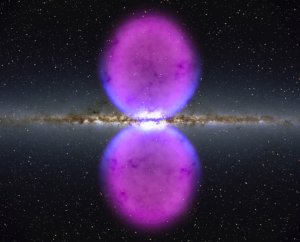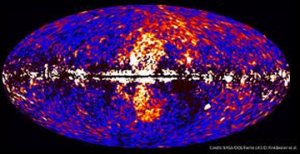

In early August, NASA’s Fermi Gamma-ray Space Telescope entered the second half of its intended 10 year observation period, which will end in 2018. So far, the mission has not experienced technological complications and has revealed a lot about our universe by providing images of the sky in gamma rays. The Large Area Telescope (LAT) has been crucial in this process, scanning the sky every three hours and creating increasingly detailed pictures of the visible universe in gamma rays. The probe’s gamma-ray burst monitor instrument provides images of the entire sky with the exception of the part blocked by Earth.
Ultimately, This view provides the best chance of catching a glimpse of more gamma-ray bursts, solar flares, and other high-energy activity.

Since gamma rays are the most energetic form of light, examining them has helped astronomers to gain a better understanding of many high-energy processes; like those involved in the rotation neutron stars. In its coming years of observation, the Fermi telescope will enable scientists to further examine the Milky Way galaxy in order to look for gamma-ray signals that some scientists expect may come from dark matter. Dark matter, which does not absorb or emit visible light, is far from being fully understood but some scientists believe that it may be formed from “exotic particles that produce a flash of gamma rays when they interact.” Technology like the Fermi telescope is particularly crucial because it allows scientists to examine the universe in ways that expand beyond the scope of human perception.
The telescope allows us to get a glimpse of the universe in forms of light that are not visible to our senses and in doing so, illuminates phenomena that were previously invisible to us.

For example, in 2010 bubble-like structures were detected by the Fermi telescope that stretched over more than 25,000 light-years above and below the plane of the Milky Way. Astronomers have contended that these strange bubbles could have resulted from high energy outbursts from the supermassive black hole at the center of the Milky Way galaxy. Scientists remain optimistic that the Fermi telescope and gamma-ray images will continue to provide more clues to understanding our solar system, our galaxy, and the nature of the universe.
Brynne Gabrielle is a regular contributor of FQTQ, but she’s also an active administrator on Planetary Evangelism. Check them out on facebook.